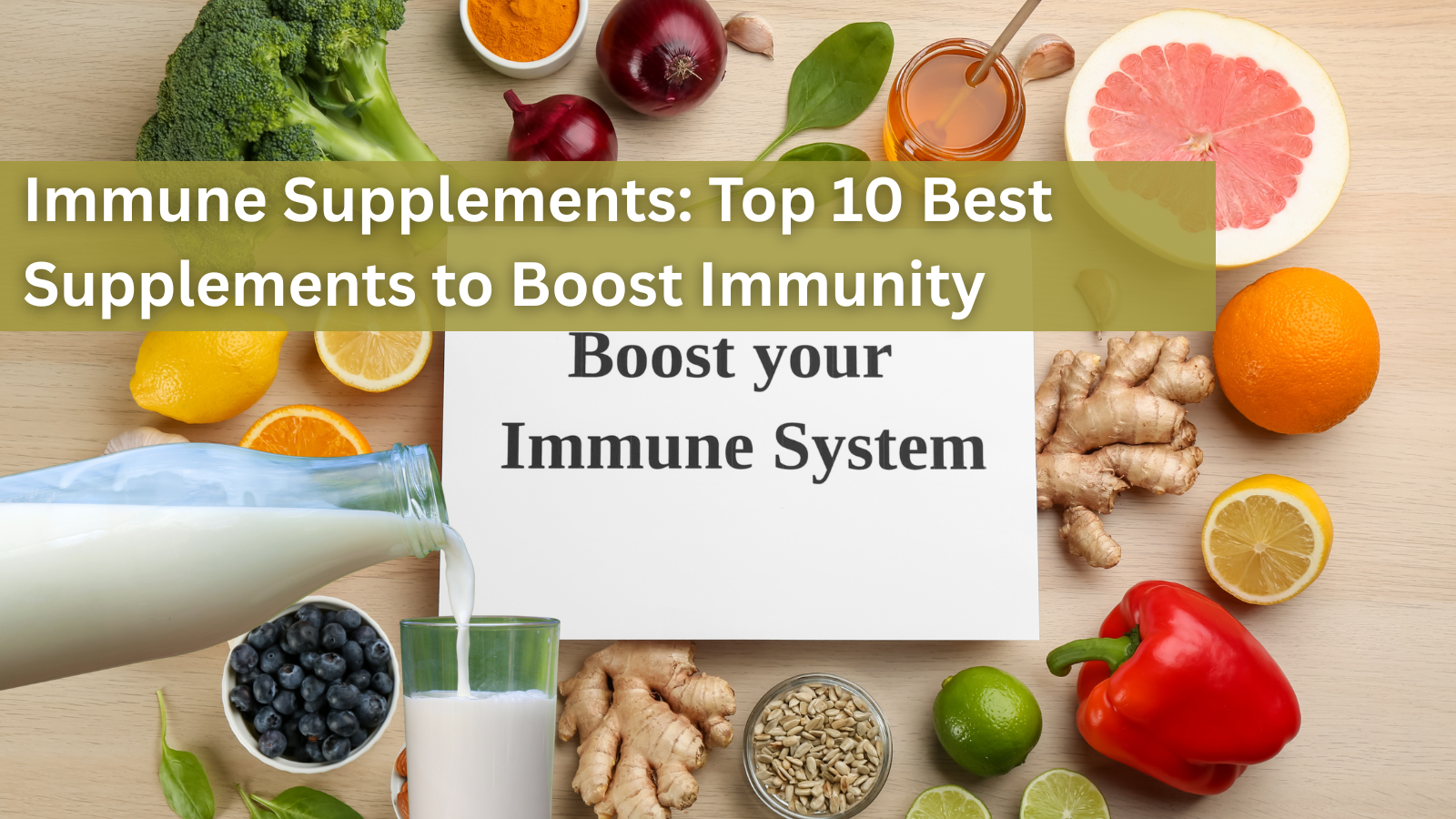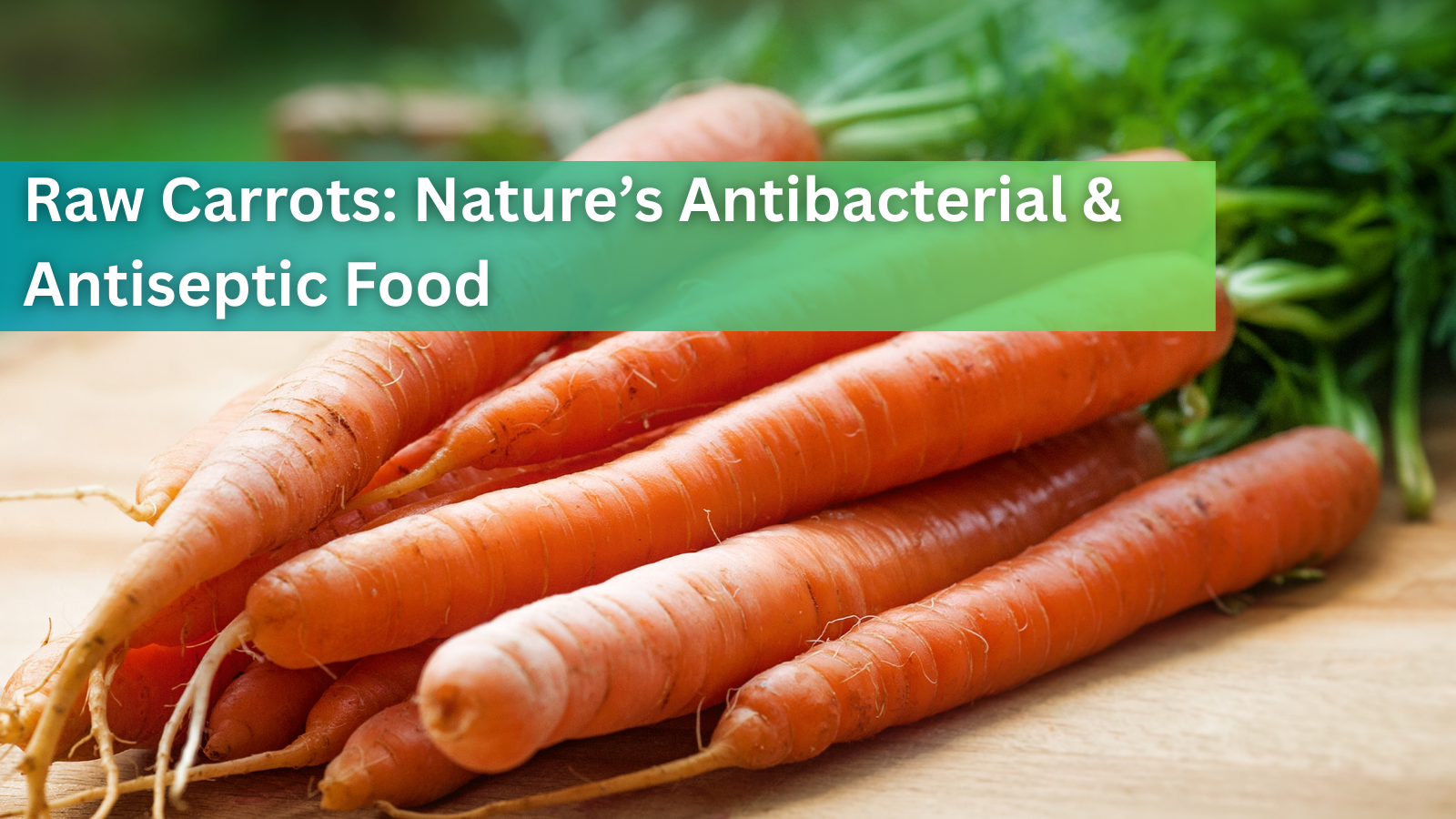Tasting the Rainbow: The Benefits of Colorful Eating

In nutrition, the phrase "eating the rainbow" has become popular to signify the body’s need for a diverse approach to a healthy diet. Eating a range of colorful fruits and vegetables not only enhances your plate's appeal but also provides valuable phytonutrients that can benefit your overall well-being. In fact, studies continue to show that simple supplementation of even a single variety of fruit, can have significant effects on inflammation, oxidative stress, and other biochemical markers.
One study, for example, administered fresh strawberries and found that they reduced several kinds of pain, reduced meal-invoked inflammation, and reduced insulin response compared to placebo. Similar studies showed beneficial effects on arthritis and diabetes. In a crossover design, men and women consuming a freeze-dried strawberry beverage after a high carb/high fat meal experienced significantly reduced inflammatory response, such as decreased IL-1 beta, and PAI-1. Strawberries aren’t even known to be one of the higher polyphenol-rich fruits, but they contain catechin, quercetin, ellagic acid, and anthocyanins in enough quantities to create beneficial effects in clinical settings.
Understanding Phytonutrients and Their Impact
Phytonutrients are natural compounds in plants that enhance health. They give fruits and vegetables their vibrant colors and offer numerous benefits. From antioxidants to anti-inflammatory effects, phytonutrients are essential for various bodily functions and help prevent chronic diseases.
The Rainbow Connection to Health
Each color present in fruits and vegetables corresponds to specific phytonutrients, each offering unique advantages:
- Red Foods: Rich in antioxidants like astaxanthin, lycopene and anthocyanins, red foods support heart health, combat inflammation, and boost the immune system. These foods contain high amounts of antioxidants, vitamins and other nutrients that reduce risk of atherosclerosis, hypertension, and high cholesterol. They have also been linked to improved brain function, and lower risk of many different cancers. The main phytonutrients are anthocyanins and lycopene, which also help the liver, improve eyesight and immune-boosting phytochemicals.
- Orange and Yellow Foods: These hues indicate the presence of beta-carotene and vitamin C, known for promoting vision health, skin vitality, endocrine, reproductive, and immune function. They contain phytochemicals like lutein and zeaxanthin, which are associated with improved eyesight, skin, liver and immune system.
- Green Foods: Packed with chlorophyll and lutein, green foods contribute to improved digestion, reduced cancer risk, and enhanced detoxification. These foods are high in vitamin K, (spinach) beta-carotene and vitamin A (lettuce), and compounds like Infol-3-carbinol (cabbage), and selenium (bok choy).
- Blue and Purple Foods: These foods are high in polyphenols, such as quercetin, anthocyanins and resveratrol, which aid in cognitive function, heart health, and reducing the risk of certain cancers.
- White and Brown Foods: While less colorful, these foods contain allicin, quercetin, and other beneficial compounds that support heart health, immunity, and overall wellness

How to Start Embracing the Rainbow Diet for Optimal Health
By incorporating a variety of colorful foods into your daily meals, you provide your body with a spectrum of essential nutrients. Here are some tips to help you embrace the rainbow diet:
- Diversify Your Plate: Mix and match different colored fruits and vegetables to ensure a broad range of phytonutrients.
- Seasonal Selections: Opt for seasonal produce to enjoy the freshest and most flavorful options available.
- Creative Cooking: Experiment with recipes that showcase a variety of colors, textures, and flavors to make healthy eating enjoyable.
- Mindful Consumption: Be mindful of sourcing organic and locally-grown produce whenever possible to maximize nutritional benefits.
Conclusion
In summary, embracing colorful eating goes beyond aesthetics; it's a holistic way to nourish your body. By enjoying a variety of natural hues in your meals, you can improve your health, strengthen your immunity, and enhance your overall well-being. Let the colors of your diet inspire a vibrant, healthy life.
For further reading and exploration on the topic of colorful eating and its health benefits, check out the following videos:
Phytonutrients and the Color of Food
https://www.youtube.com/watch?v=hviSWgnzjfA&t=202s
Why is the Science of Nutrition Ignored in Medicine
https://www.youtube.com/watch?v=tmWoWOM16uE
Sources
Kar, S., Kundu, S., & Mal, D. (2021). Nutritional Quality of Colored Vegetables: A. Nutraceuticals Food, 6, 37.
Minich, D. M. (2019). A review of the science of colorful, plant‐based food and practical strategies for “Eating the Rainbow”. Journal of Nutrition and Metabolism, 2019(1), 2125070.
1 comment

September 27, 2025
Immune Supplements: Top 10 Best Supplements to Boost Immunity
Are you looking for effective ways to enhance your body’s natural defense? Immune supplements have become popular choices to support the immune system booster function, especially in times of increased illness risk. With so many products...
Read more
September 27, 2025
Cell Phone and WiFi Safety: How to Prevent and Treat EMF Damage and Electrosensitivity
Electrohypersensitivity (EHS), often called electrosensitivity, has been a polarizing and increasingly relevant issue over the past decade and a half. Since the number of people identifying with these symptoms continues to grow exponent...
Read more
September 27, 2025
Raw Carrots: Nature’s Antibacterial & Antiseptic Food
For most of us, carrots are simply a crunchy snack or a source of vitamin A. But according to researcher Ray Peat, PhD, raw carrots offer something more unusual: they act as a kind of natural antiseptic inside the gut, helping to contro...
Read more




Thank you for keeping me informed on eating the right way. Most appreciated.
Leave a comment